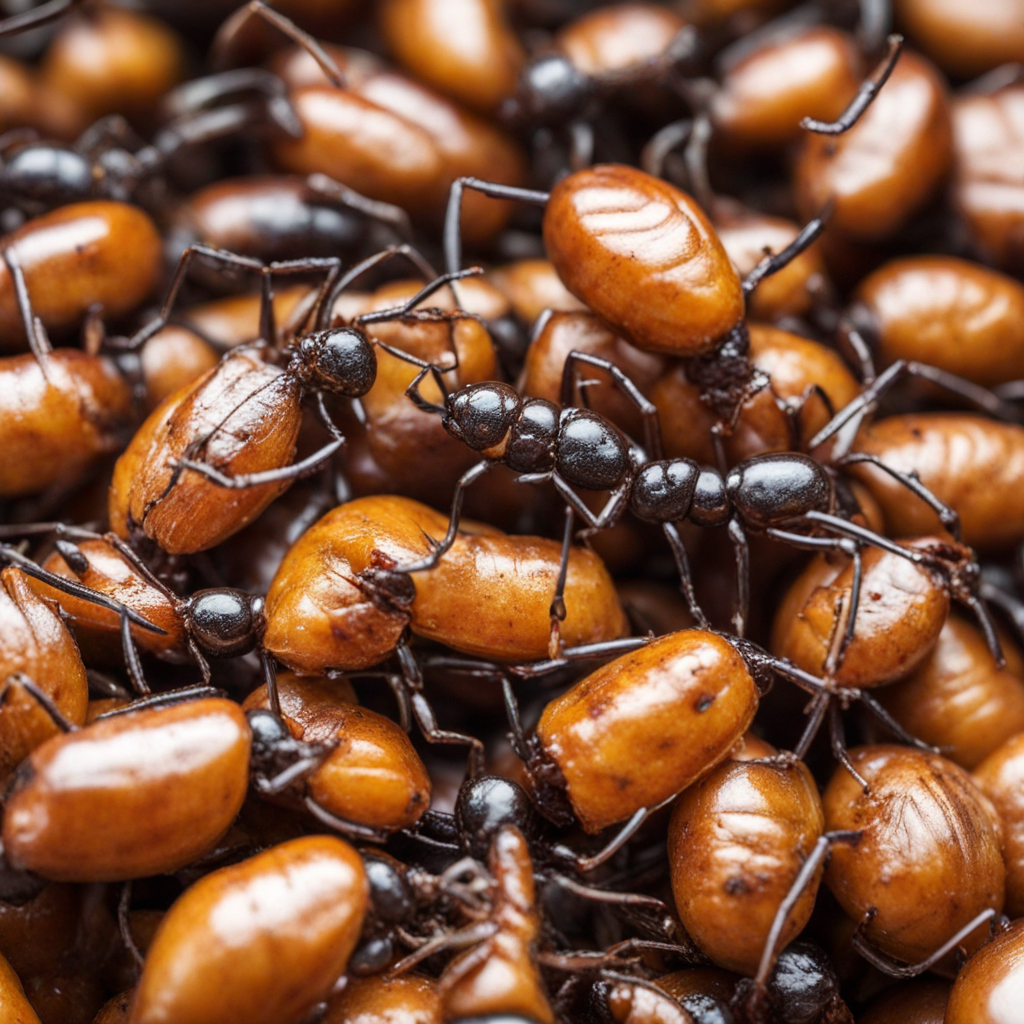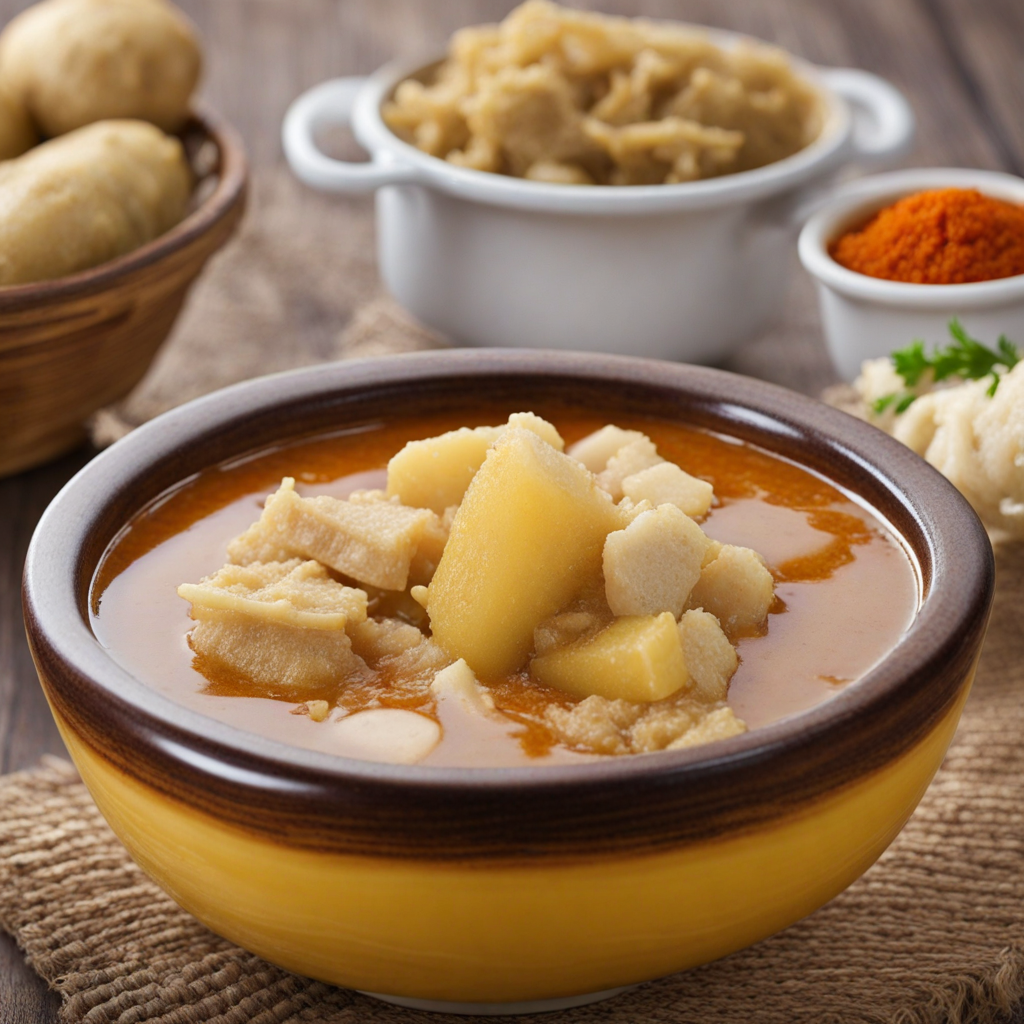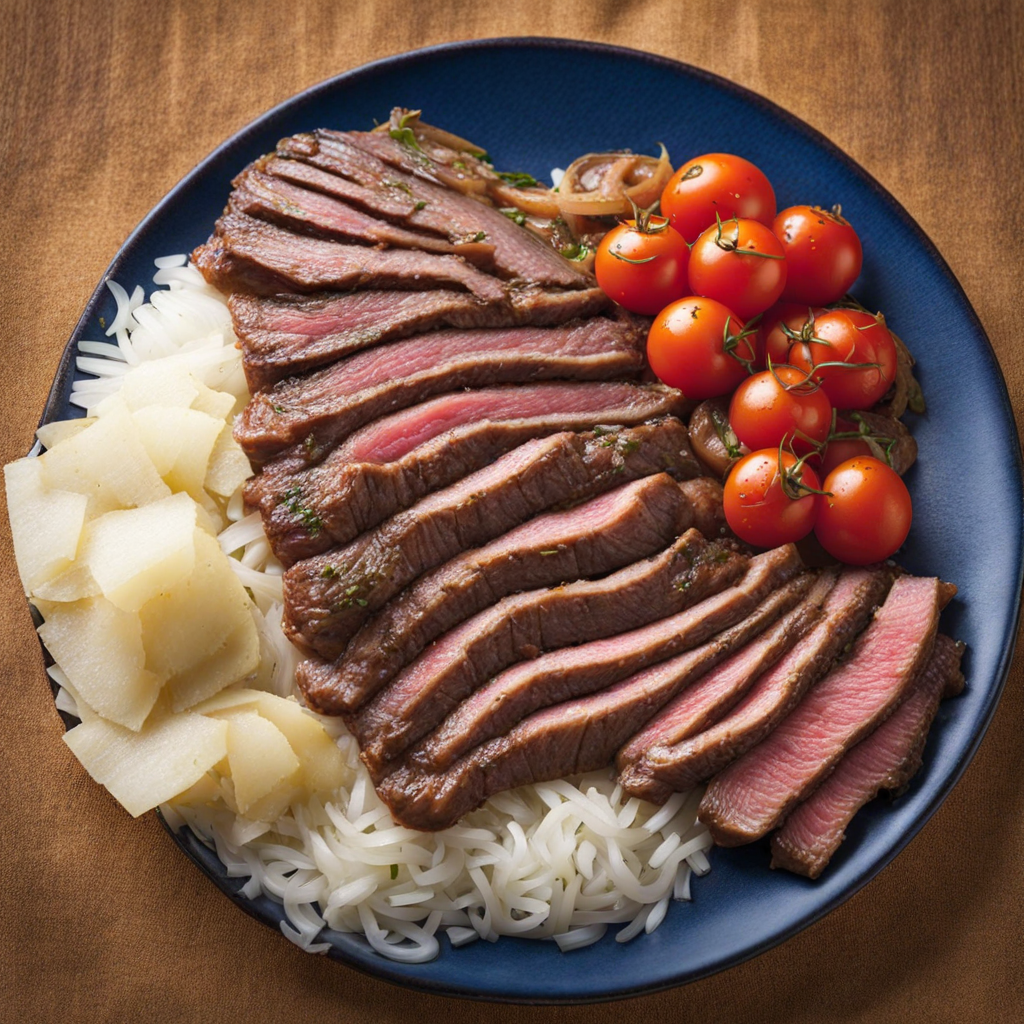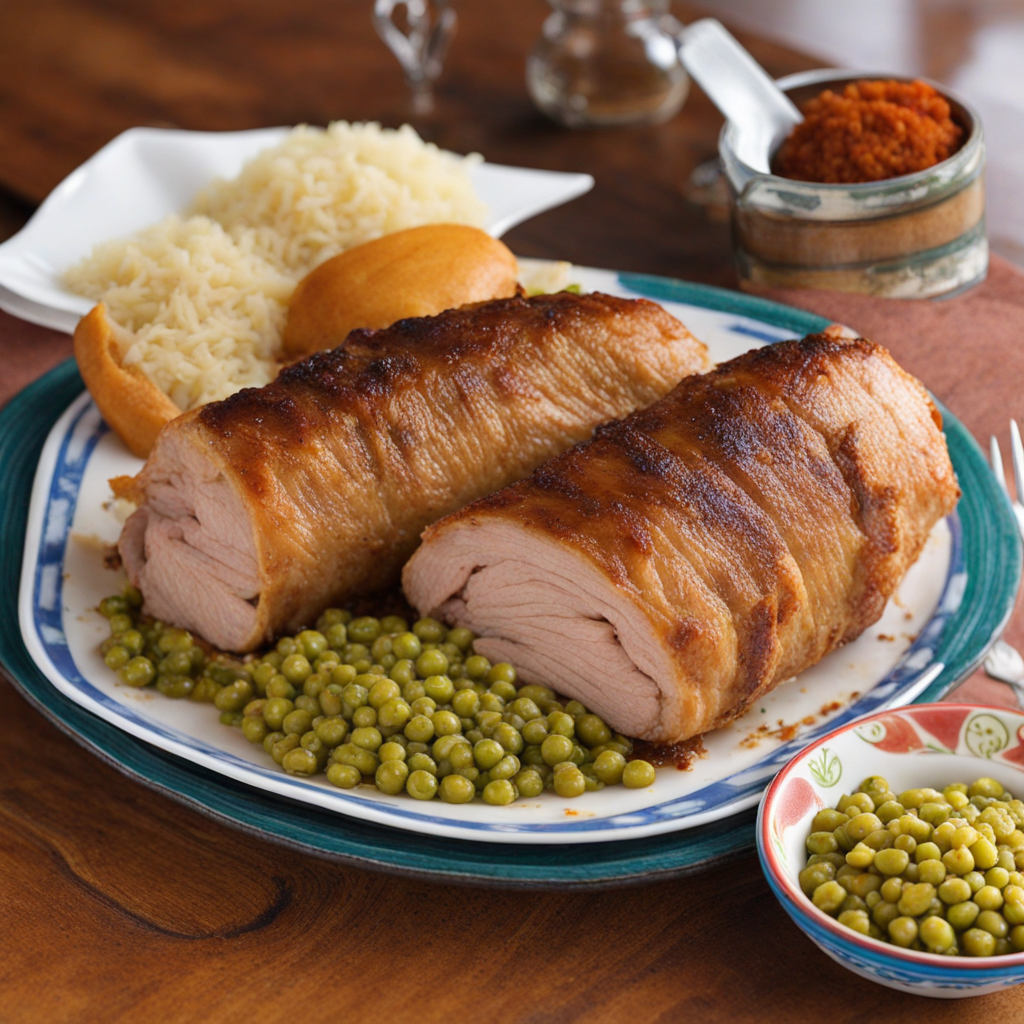Hormigas Culonas
Hormigas Culonas, or "big-bottomed ants," are a unique delicacy from Colombia that tantalizes the taste buds with their extraordinary flavor and texture. These large, roasted ants, primarily found in the Amazon region, are often enjoyed as a crunchy snack or a gourmet topping for various dishes. The roasting process enhances their earthy, nutty flavor, which is reminiscent of toasted nuts or seeds, giving them a distinctive taste that is both bold and savory. When you bite into these tiny creatures, you'll experience a delightful crunch followed by a rich, umami finish that leaves you craving more. In Colombia, Hormigas Culonas are typically seasoned with a sprinkle of salt and sometimes other spices, elevating their natural flavors. They can be enjoyed on their own as a snack, mixed into traditional dishes such as arepas or salads, or even used as a unique ingredient in sauces and garnishes. Their versatility allows them to seamlessly blend into both rustic and modern culinary creations, making them a delightful addition to any meal. The cultural significance of Hormigas Culonas goes beyond their taste; they are often associated with local traditions and celebrations. For many Colombians, these ants symbolize a connection to the land and the rich biodiversity of the Amazon. Sampling Hormigas Culonas is not just about discovering a new flavor; it's an invitation to explore the vibrant culinary heritage of Colombia, where indigenous ingredients and flavors combine to create unforgettable eating experiences.
How It Became This Dish
Hormigas Culonas: A Culinary Tradition of Colombia Hormigas culonas, or “big-bottomed ants,” is a unique and traditional food found primarily in the eastern regions of Colombia, particularly in the departments of Meta and Vichada. This delicacy, which consists of the roasted and seasoned queens of the Atta laevigata ant species, has a rich history intertwined with indigenous culture, agricultural practices, and the evolution of Colombian gastronomy. #### Origins: A Connection to Nature The consumption of hormigas culonas has deep roots in indigenous Colombian culture, believed to date back centuries, if not millennia. Indigenous communities, such as the Guahibo and the Sikuani, have long recognized the nutritional benefits of these ants, which are high in protein and other essential nutrients. The practice of foraging for these ants, particularly during their nuptial flights in the rainy season, was not only a food source but also a cultural event that fostered community bonding and shared traditions. The harvesting of hormigas culonas is an intricate process. It requires knowledge of the ants' lifecycle and an understanding of the environment in which they thrive. Traditionally, women and children would gather the ants during the rainy season, when the winged queens emerge from their nests to mate. The collection is a delicate task, as it requires timing and patience; the ants only fly for a short window each year, making their availability limited. This seasonal aspect of the food highlights the connection between local communities and their natural surroundings, emphasizing sustainability and respect for the ecosystem. #### Cultural Significance: More Than Just Food Hormigas culonas hold a significant place in the cultural identity of the regions where they are consumed. Beyond their nutritional value, these ants are a symbol of resilience and adaptability. For many Colombian communities, especially those with indigenous heritage, the gathering and consumption of hormigas culonas represent a connection to ancestral practices and a way to maintain cultural traditions in the face of modernization and globalization. The preparation of hormigas culonas is often a communal activity, where families and friends come together to roast the ants over an open flame. This not only enhances the flavor but also creates a social atmosphere that reinforces community bonds. The roasted ants are typically seasoned with salt and sometimes lime, resulting in a crunchy, nutty snack that is often enjoyed as an appetizer or a topping for other dishes. The texture is akin to that of sunflower seeds, and their flavor profile can range from earthy to slightly tangy, depending on the preparation. In contemporary Colombian cuisine, hormigas culonas have gained popularity beyond their traditional contexts. They are increasingly featured in upscale restaurants, often presented as a gourmet delicacy. Chefs experiment with them in various dishes, pairing them with ingredients such as avocado, cheese, and even chocolate. This evolution reflects a broader trend in gastronomy, where traditional foods are reimagined in innovative ways, showcasing the versatility of Colombia’s rich culinary heritage. #### Development Over Time: From Tradition to Trend The journey of hormigas culonas from a local delicacy to a sought-after culinary experience encapsulates a broader narrative of Colombian food culture. In the late 20th century, as Colombia faced various socioeconomic challenges, including conflict and displacement, traditional food practices began to wane in some areas. However, during the early 21st century, there was a resurgence of interest in indigenous and local foods. This movement coincided with a global trend towards sustainability, local sourcing, and a desire to celebrate biodiversity in the culinary world. The rise of food tourism in Colombia has also played a role in the revival of hormigas culonas. As travelers seek authentic and unique experiences, they are drawn to local foods that tell a story. The experience of tasting hormigas culonas becomes not only about the flavor but also about understanding the cultural and environmental context in which they are harvested. Culinary tours in the Meta region often include experiences centered around foraging and preparing hormigas culonas, further enriching the narrative of this traditional food. In recent years, as Colombian cuisine has gained international recognition, chefs and food enthusiasts have spotlighted hormigas culonas as a representation of the country’s diversity and culinary creativity. They have appeared in culinary festivals, cooking competitions, and even international food fairs, showcasing not only their taste but also the rich cultural heritage they embody. This newfound appreciation has helped to elevate the status of hormigas culonas, allowing them to transcend their rural origins and gain recognition in the broader culinary world. #### Challenges and Sustainability Despite the growing popularity of hormigas culonas, there are challenges associated with their harvesting and consumption. Overharvesting poses a threat to ant populations, which can disrupt local ecosystems. Sustainable foraging practices are essential to ensure that future generations can continue to enjoy this unique delicacy. Local communities are increasingly aware of the need to balance tradition with conservation, implementing guidelines that promote responsible harvesting. Moreover, the commercialization of hormigas culonas must be approached with caution. While bringing attention to this traditional food can benefit local economies, it also risks commodifying a cultural practice that has deep significance for indigenous communities. Efforts to promote ethical sourcing and fair trade practices are crucial to maintaining the integrity of this culinary tradition. #### Conclusion: A Delicacy with Depth Hormigas culonas is more than just a unique Colombian snack; it is a testament to the resilience of cultural heritage, the importance of community, and the intricate relationship between people and nature. As Colombia continues to navigate the complexities of modernity, the celebration of traditional foods like hormigas culonas offers a pathway to honor the past while embracing the future. Whether enjoyed as a crunchy snack or a gourmet dish, these big-bottomed ants embody the spirit of Colombian gastronomy—rich, diverse, and deeply rooted in the land and its people.
You may like
Discover local flavors from Colombia







